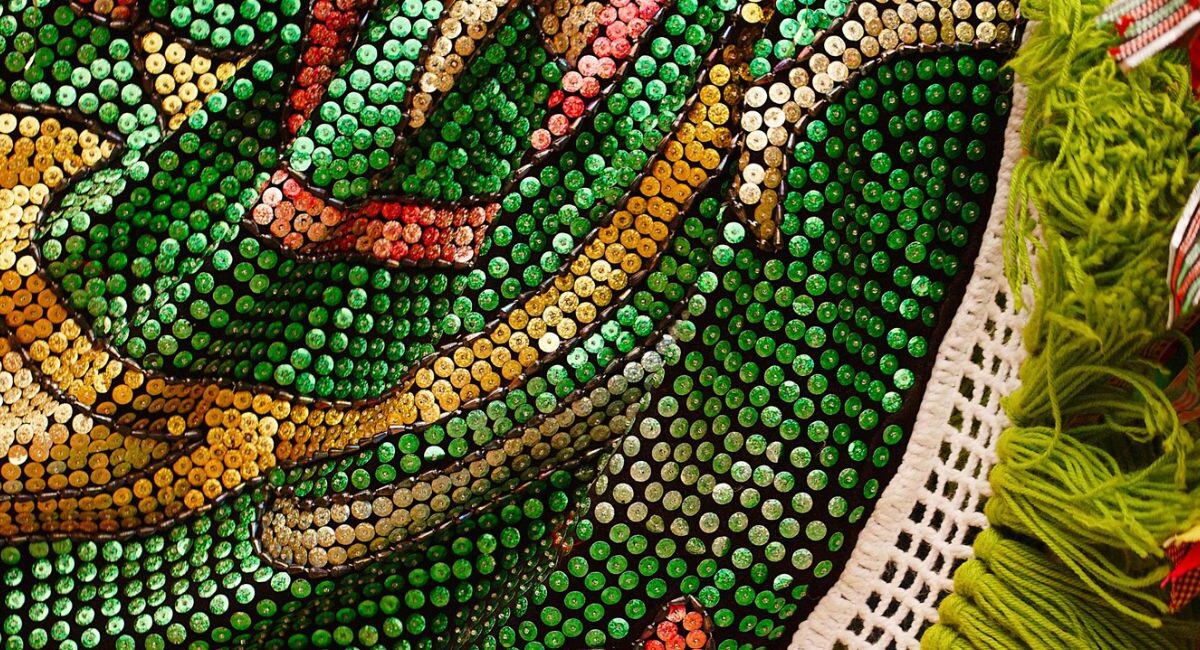A festival is a period of celebration and the world’s most epic are deeply ingrained in local culture, tradition and symbolism. Now that we’re all roaring to travel, celebrate and immerse ourselves in rich global cultures, we’ve rounded up 20 festivals around the world that promise to change your life and your perspective through performances, art, music, nature, and even a healthy dose of spiritualism.
Burning Man, Nevada, USA
The holy grail of racial self-expression, creativity, music, and spirituality Burning Man gets its name from the symbolic burning of a large sculpture made of wood, referred to as “the man.” Originating in 1986 on Baker Beach in San Francisco, since 1991, Burning Man has become a permanent fixture in Black Rock City in northwestern Nevada. Happening annually in the week before Labor Day in the US, the coveted event is guided by ten principles: radical inclusion, gifting, decommodification, radical self-reliance, radical self-expression, communal effort, civic responsibility, leaving no trace, participation, and immediacy. To that end, the week-long celebration features performances, spiritual events, and even workshops.
Cherry Blossom Festival, Japan
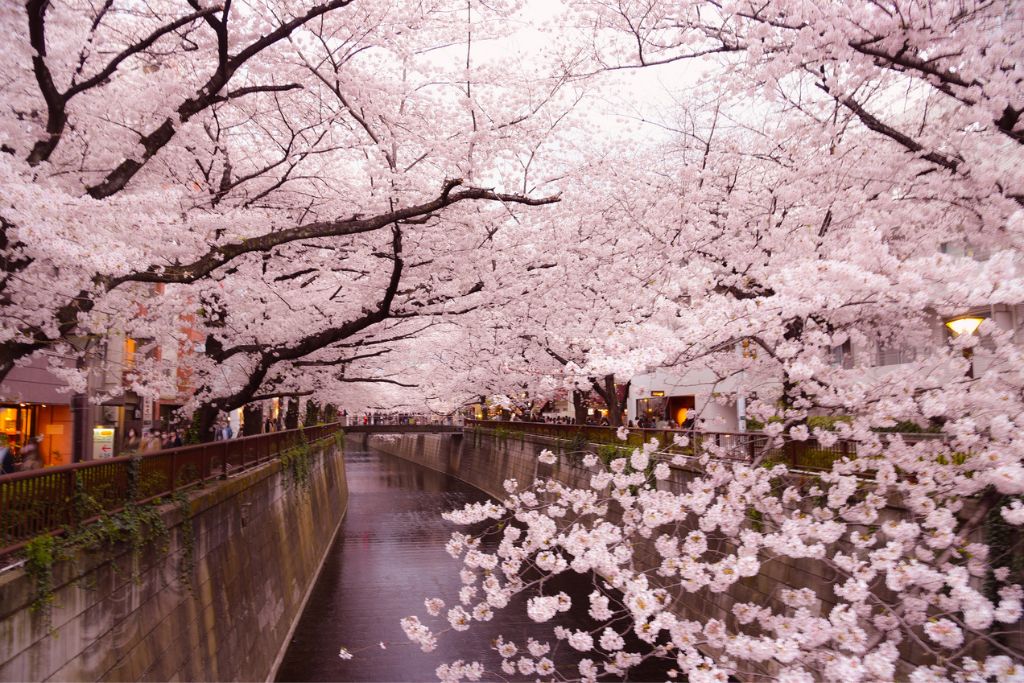
Often referred to as the Hanami Festival, Japan’s beloved cherry blossom festival starts in March and ends at the beginning of May. Steeped in history, this festival dates back more than 1000 years, and is celebrated with picnics underneath the cotton candy pink trees, to appreciate the simple joy and beauty of nature. The mantra of the festival is “mono no aware,” which loosely translates to “nothing lasts forever.”
Holi, India
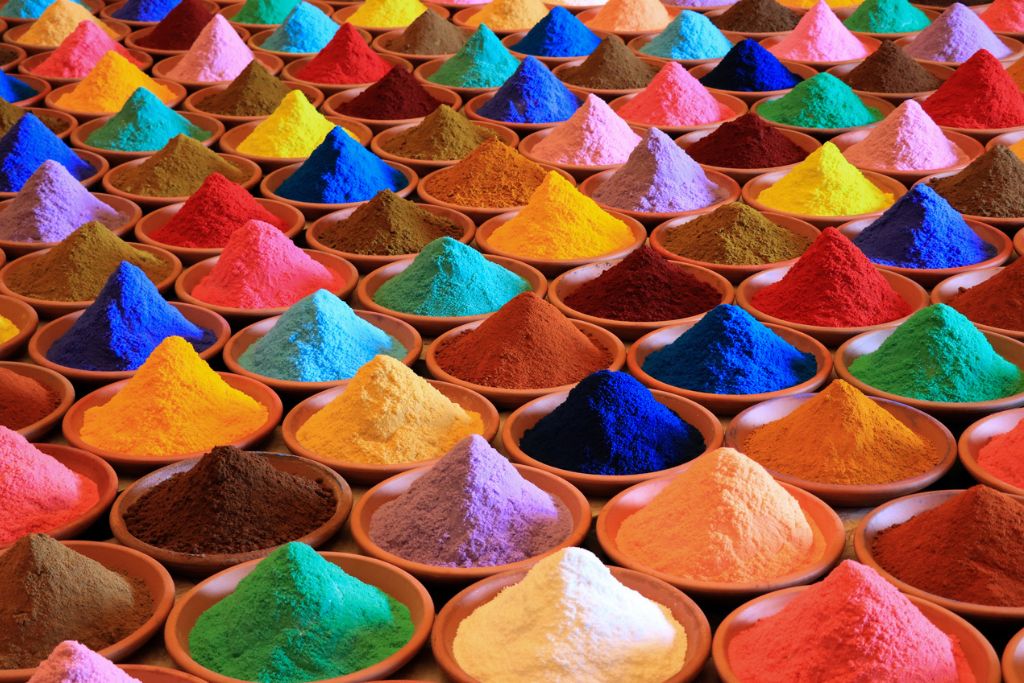
Known as the Festival of Love, Colors, and Spring, Holi is a celebration of the divine love of Radiha Krishna and the beginning of the spring season. Perhaps the most notable celebration during this annual festival which lasts for two days, is Rangwali Holi, which takes place on the first day when people throw colored powder at one another and smear their clothing and faces with pigment to signify the triumph of good over evil. The celebrations also take to the streets, buildings, and open festival areas where there is music, dancing, and food.
Holy Week, Spain
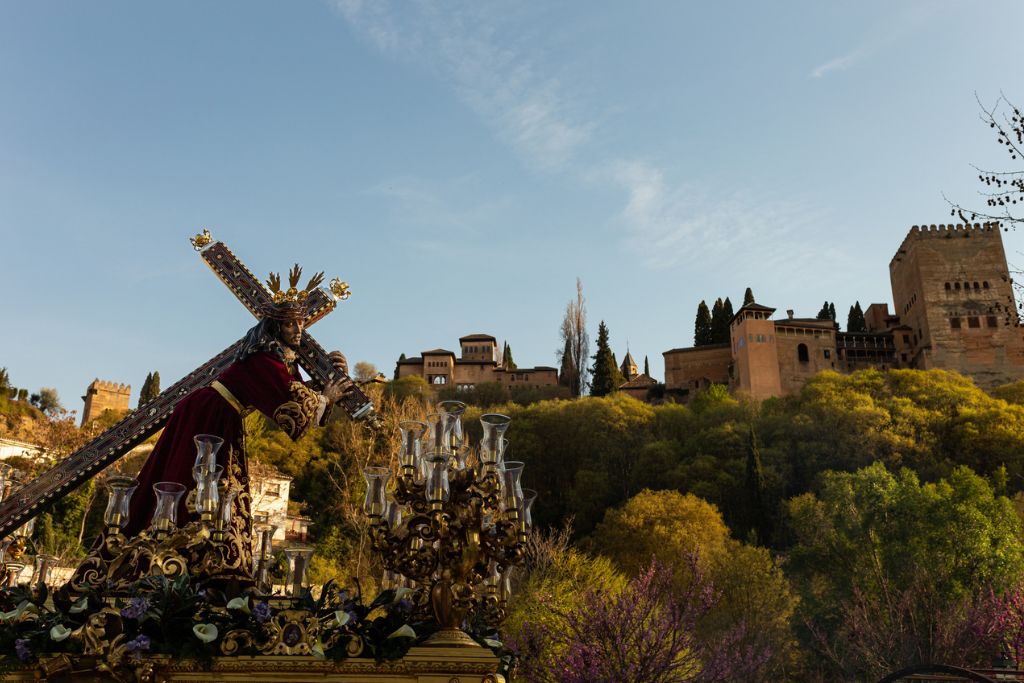
Holy Week in Spain is celebrated in almost every Spanish city during the last week of Lent, which precedes Easter. The traditions celebrate the brotherhoods that were formed during the Baroque Period, and honors Catholicism and a deep sense of family tradition. Though each city’s celebrations look very different from one another, Andalusia is known for being among the most breathtaking of the bunch, opting for a more colorful and joyful series of events. The events of the week largely surround the processionals, with floats, banners, and costume designed to match the ornate ideals. Between and surrounding the day-and-night-long processionals, however, are parties that pour out of homes, cafes, and bars alike.
Edinburgh Fringe Festival, Scotland
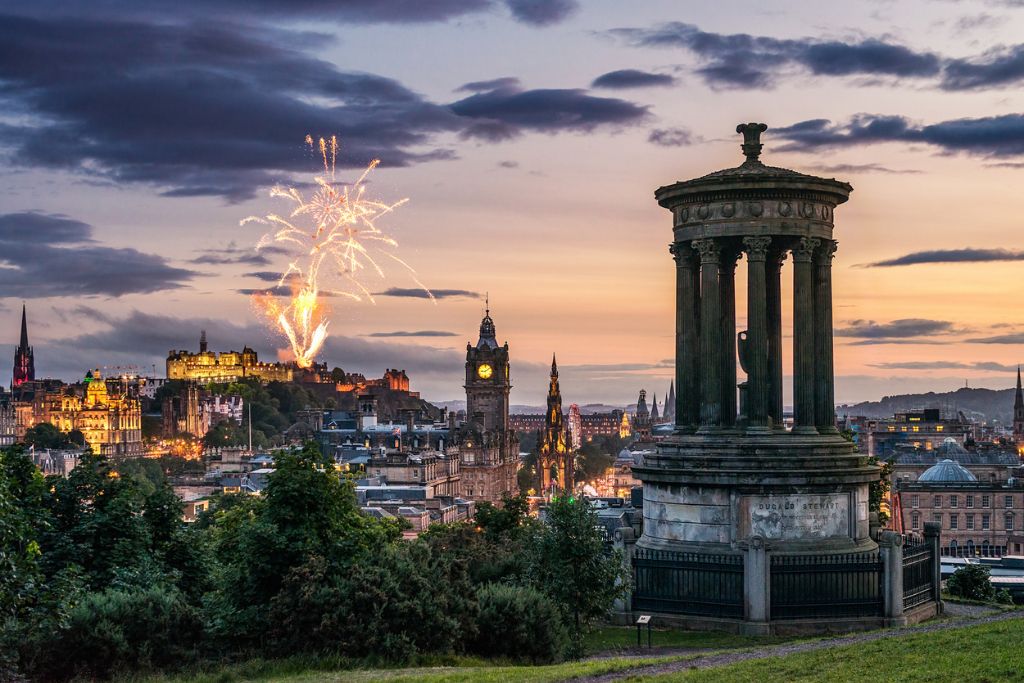
One of the largest, most famous art and culture festivals in the world, the Edinburgh Fringe Festival takes place annually during the entire month of August. Fun fact: the longest run of celebrations was in 2018 when the festival spanned 25 days and featured more than 55,000 performances of 3,548 shows, and ticket sales to this global phenomenon have only been surpassed by the Olympics and the FIFA World Cup. What sets this festival apart from others is its open access and immersive experience which means that anyone can participate in any of the performing arts programs. On any given year, the performances range from cabaret to children’s theater; the spoken work, dance, music, and the like.
Day of The Dead, Mexico
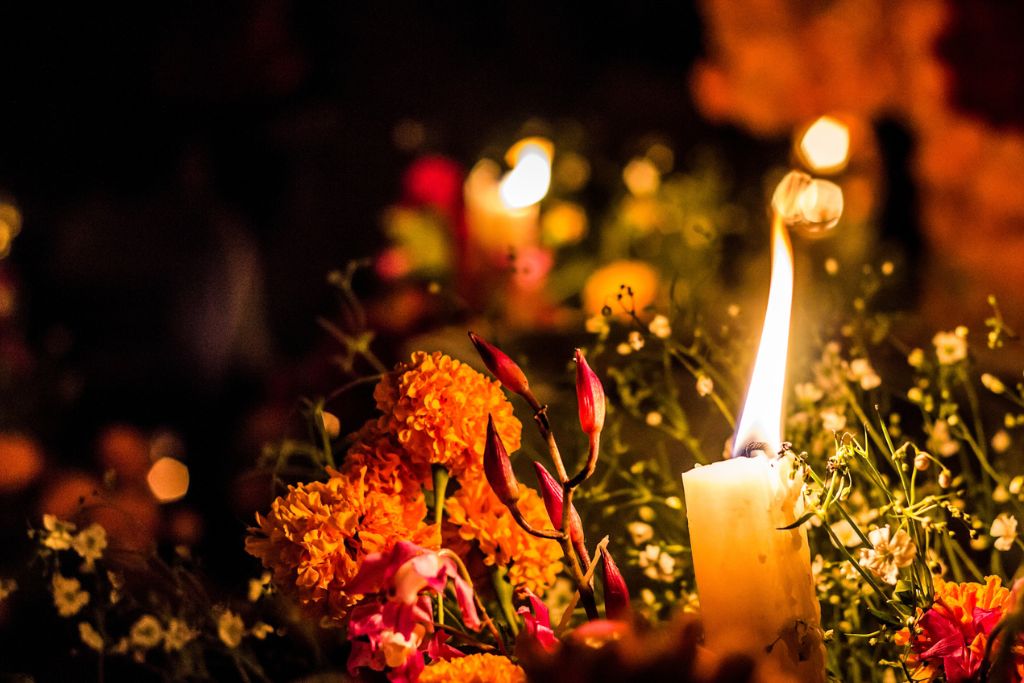
Also known as Dia de los Muertos, and Catholic celebrations of All Saints’ Day, The Day of The Dead is held every year on November 1 and 2 and is when Mexicans celebrate and remember loved ones who have passed. The importance of the festival is to treat it as a celebration and not a day of mourning and families clean and decorate the graves of their friends and families, often placing orange Mexican marigolds that are believed to attract the souls of the dead. Aside from parades and street-side celebrations, there is tons of food and drinks to aid in the reverie, with tamales marked as the most popular item of the holiday, gifted to friends and family alike.
Mardi Gras, Sydney, Australia
Though Mardi Gras is celebrated all over the world, Sydney’s iconic Gay and Lesbian Mardi Gras, a festival celebrated since 1978 is one of the largest festivals in the world, attracting millions all over the world. The month-long pride celebrations, held from the second Thursday in February to the first Saturday of March, feature beachside parties, music festivals and culminate in a colorful parade down through the city’s streets followed by an all-night dance party.
Lantern Festival, Chiang Mai Thailand
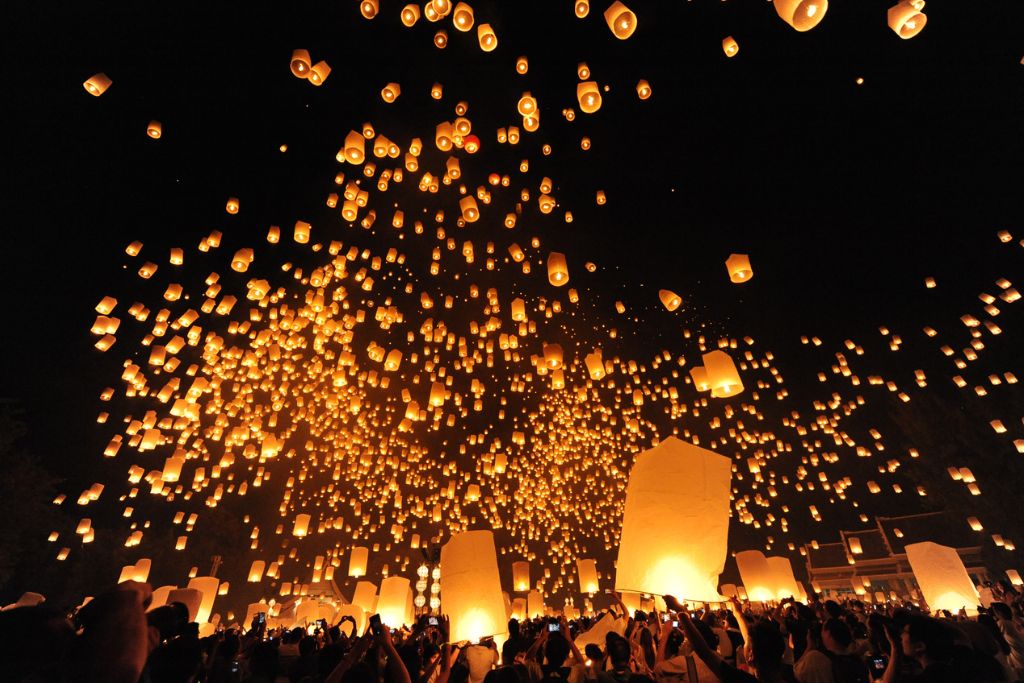
The Lantern Festival, otherwise known as the Yi Peng celebration, is deeply rooted in Buddhism and is when Thai people pay respect to Buddha in order to be reborn in the next life. Held annually for three consecutive nights, beginning on the 12th full moon in the Thai calendar, which typically falls halfway through November, there are days of celebration, prayer, and music to symbolize purity, joy, and popularity, followed by the release of thousands of lanterns into the night sky, lighting it up in a spectacular scene.
Carnivale, Rio, Brazil
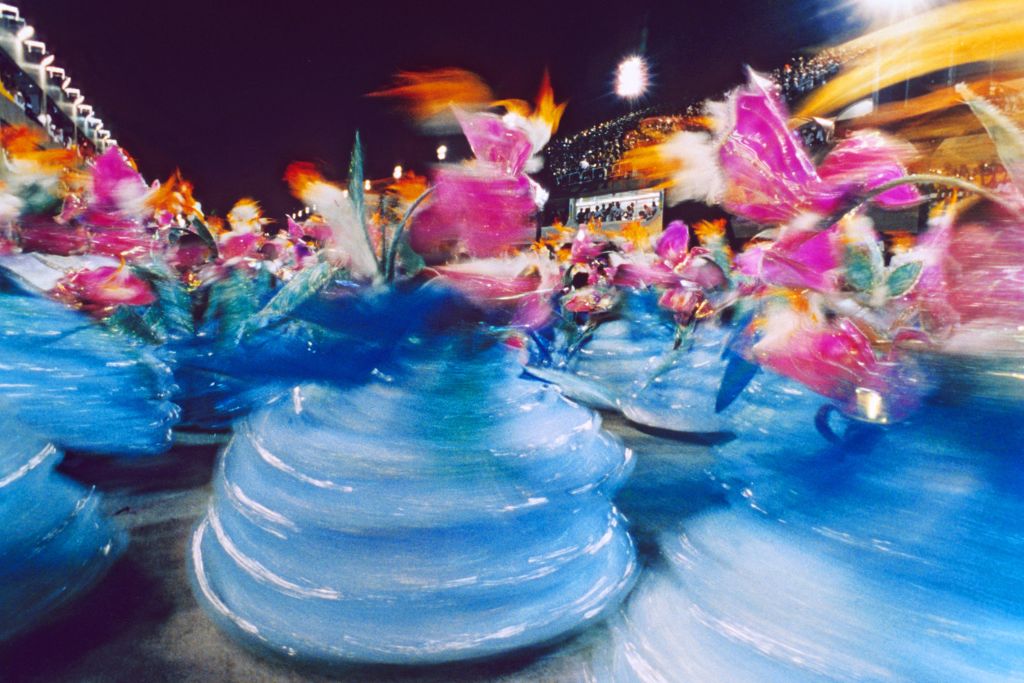
Garnering a crowd of over two million, Carnivale in Rio, is the largest and most flamboyant carnival in the world. Dating back to 1723, the celebrations honor the Greek wine gods through spectacular parades, samba performances, street parties, and large feasts. Beginning on the Friday before Ash Wednesday and concluding Ash Wednesday at noon (typically between February and March) Carnival is renowned for colorful outlandish costumes, dazzling light displays, and pulsating Brazilian drums and beats.
Cannes Film Festival, France
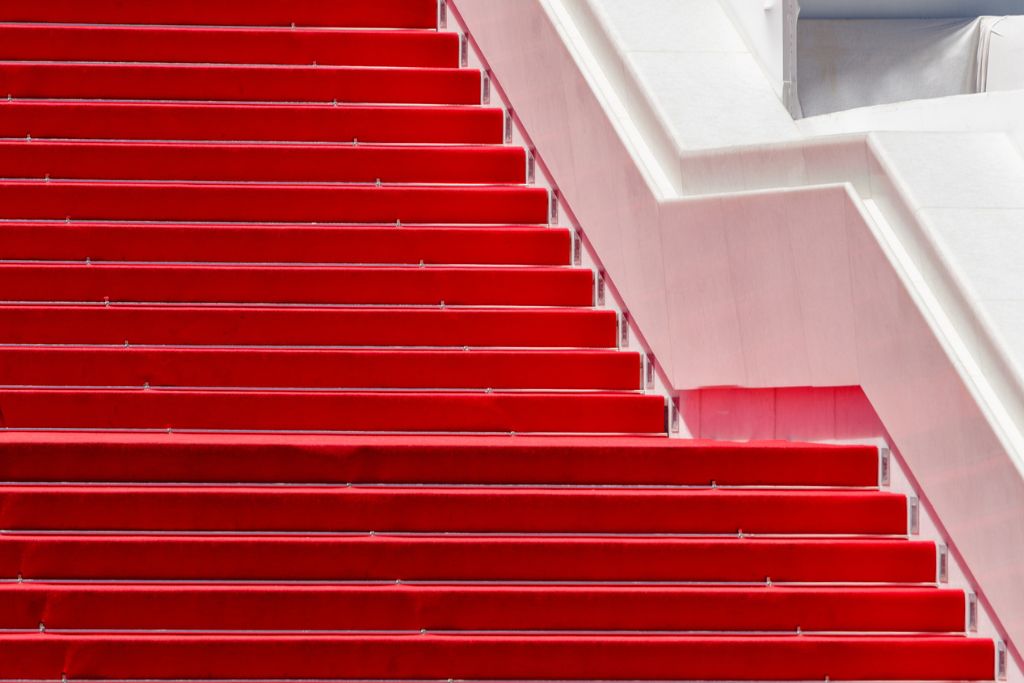
The famed A-list event, founded in 1947, is a week-long celebration of the best in film from indies to documentaries to Hollywood blockbusters. A non-stop round of glamorous red-carpet appearances and glittering events, Cannes Film Festival is held annually, during the month of May in the famed French Riviera resort town and is part of Hollywood’s “Big Five.” The Venice Film Festival, Berlin International Film Festival, Toronto International Film Festival, and Sundance Film Festival round out the lineup.
Oktoberfest, Germany
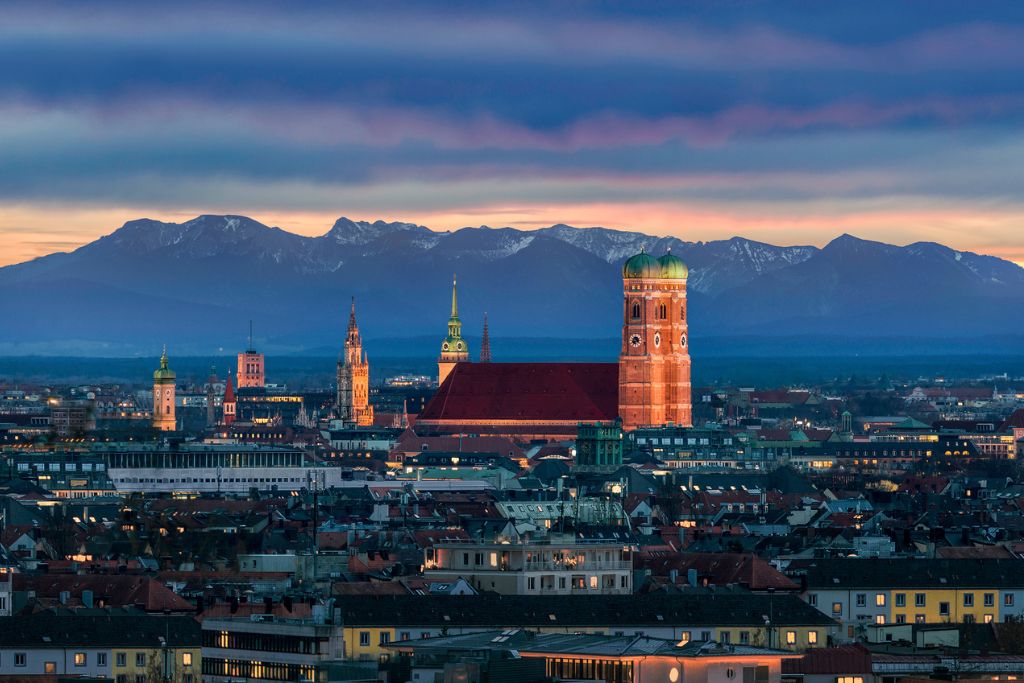
A folk festival at its best and locally known as d’Wiesn by most locals, Oktoberfest, held annually in Munich, spans 16 to 18 days between the end of September and the beginning of October. Though it was originally instituted in celebration of the wedding between King Ludwig and Princess Therese more than 200 years ago and has been an integral part of Bavarian culture since 1810, Oktoberfest has long since become a celebration of beer, food, music, and parties to usher in the arrival of autumn. Fun fact: Around 1,700,000 gallons of beer consumed during the festival.
Dongzhi Festival, China
The Dongzhi Festival in China is a celebration of the winter solstice, held between December 21 and December 23, every year. The festival celebrates balance and harmony, as the days begin to elongate thus, there is an increase in positive energy that directly correlates to the number of daylight hours. The festival is all about making time to get together with family, which includes everything from small and intimate dinners to large parties. Eating and making traditional foods as a family unit is at the heart of the festival, the most popular being tangyuan sticky rice balls that symbolizes a reunion between family and friends.
Glastonbury Festival, Scotland
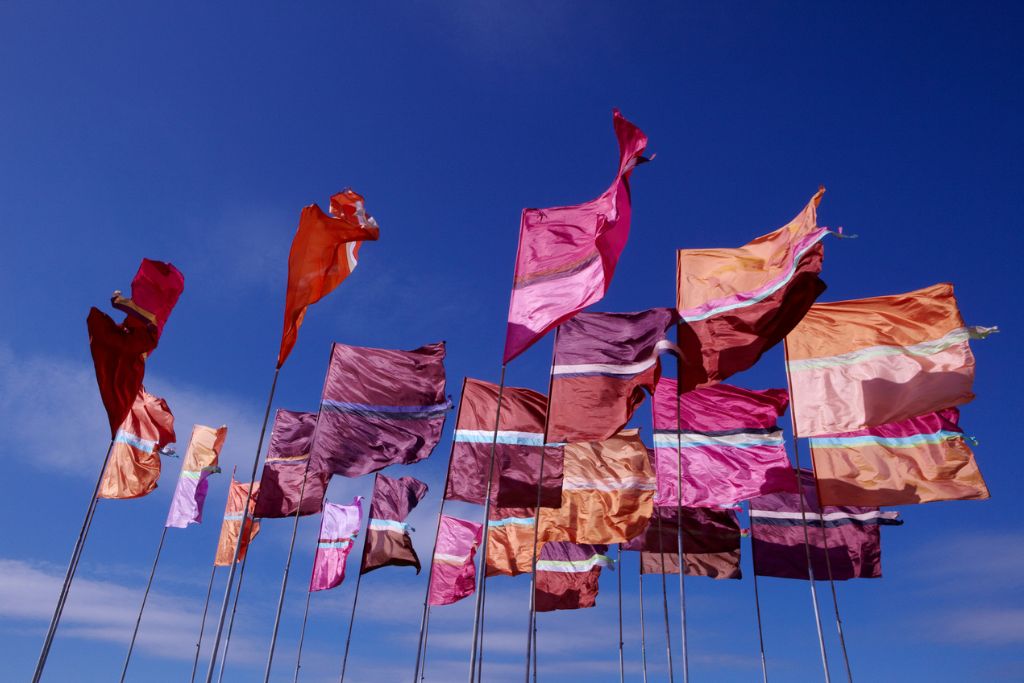
A five-day celebration of performing arts, the Glastonbury Festival is a showcase of everything from dance to comedy to theater and even live circus acts. Evoking an indie, hippie vibe, the festival takes place at the end of June and attracts music and culture lovers from all over the world who flock here to see dance, cabaret, comedy, and even circus performances!
Semana Santa, Portugal
Otherwise known as Holy Week, Semana Santa is celebrated in Portugal every year and includes plenty of religious processions, including the visual standout: Sao Bras de Alportel, which is the celebration of the flowers and lights that surround the city center. The celebrations begin on the Saturday evening that precedes Palm Sunday and end on Easter Sunday and throughout visitors can expect to see processions that include floats, each depicting a scene from the Easter story, carried by individuals called “costaleros.” “Nazarenos” follow, with candles, torches, or wooden crosses. Typically, the most somber begin the week and the most joyous and colorful are experienced as you approach Easter Sunday.
Coachella, California, US
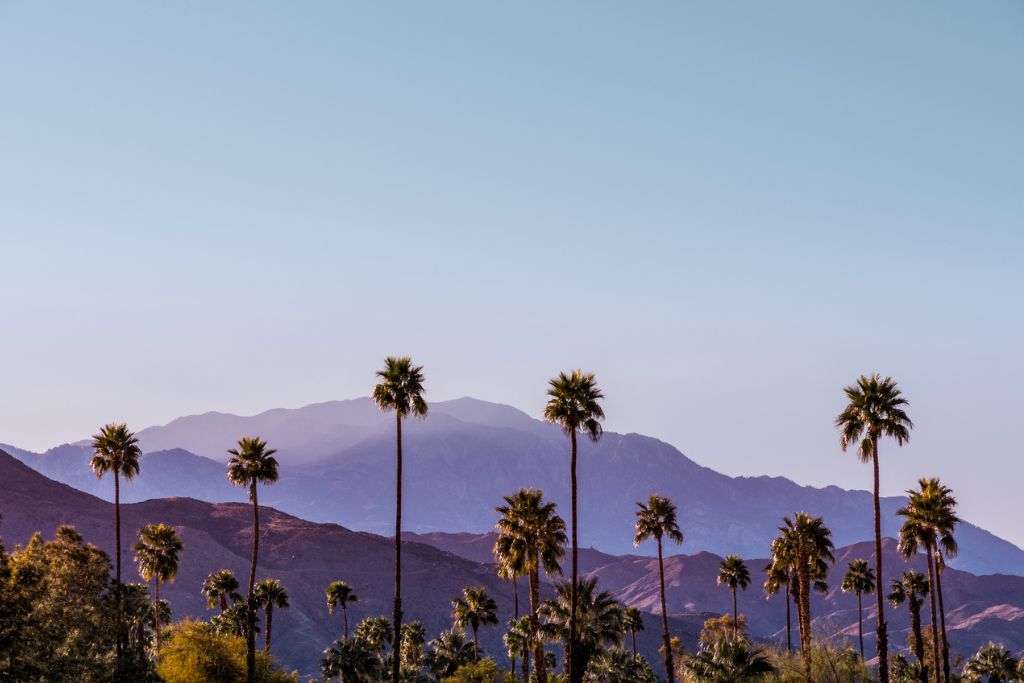
A celebration of music, art, culture, and bohemian life, Coachella, held annually during the last weekend in April, is a three-day weekend that attracts the cool crowd, including many a Hollywood A-lister. Taking over the Empire Polo Fields in the Coachella Valley of Indio, California, festival-goers wander from stage to stage listening to live performances from alternative Rock to electronic to hip hop to pop from musical legends and hot right now artists. There is also giant sculptural art on display that varies, based on the installations of the year and plenty of other cultural experiences like concerts, vintage markets, and a Ferris wheel. The resounding success of Coachella has led to its founders hosting additional must-experience festivals at the site, including Stagecoach Country Music, Big 4, and Desert Trip.
Carcassonne Festival, France
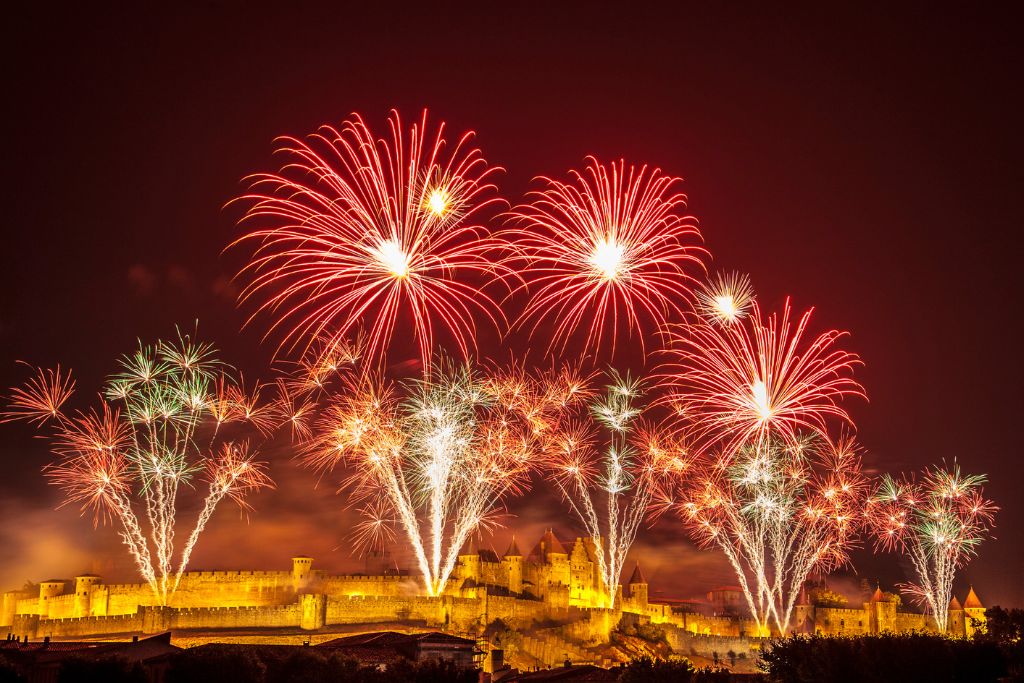
Held throughout the month of July in The Medieval City, a UNESCO World Heritage Site in the south of France, the Carcassonne Festival attracts a crowd of 250,000 who come to the ancient setting to witness around 120 shows on 12 stages. A celebration of performing arts, music concerts, theater dance, and opera, the free festival features big-name stars like Mika, the Black Eyed Peas, and Elton John.
Bonnaroo, Tennessee, USA
A four-day music and arts festival held on a 700-acre farm in Manchester, Tennessee, Bonnaroo is Creole slang for a “really good time,” and the founders chose the name to honor the iconic music scene in New Orleans, where they had attended college. Also known as Great Stage Park, Bonnaroo which kicks off on the second Thursday of June is unique because of the wide range of music genres on display – performers play everything from bluegrass to electronic, jazz, pop, and more. Though stage performances go all day, there are headliners that tee up just as the sun is setting. Performances on one stage or another can last until sunrise the following day, with dancing and gathering thus lasting pretty much non-stop for the entire weekend.
Albuquerque International Balloon Fiesta, New Mexico, US
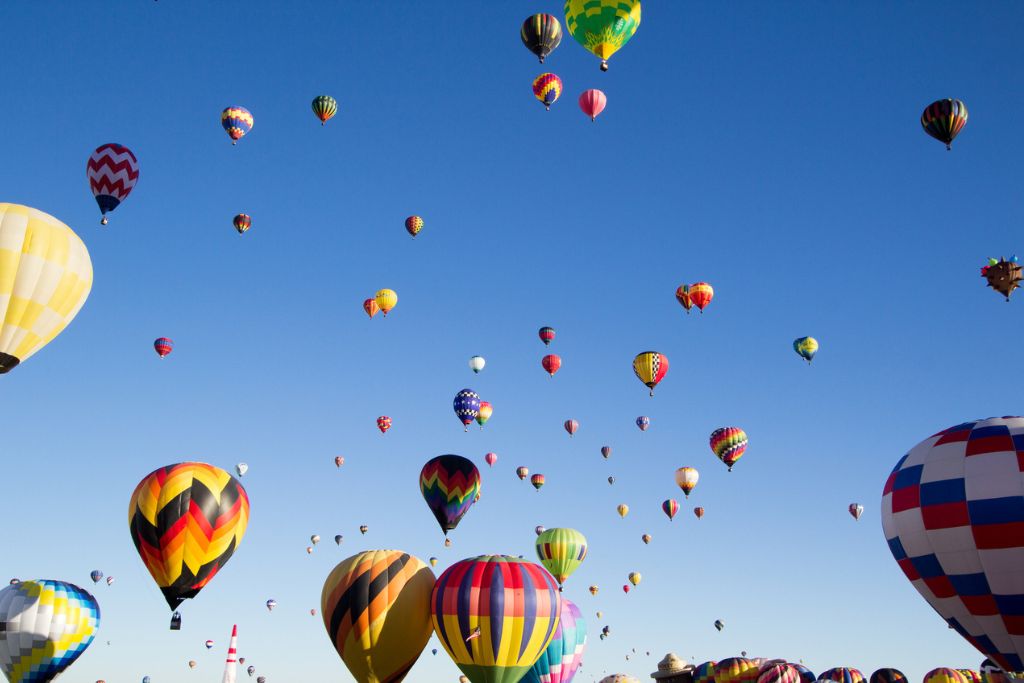
Every year at the beginning of October and fall, Albuquerque plays host to a balloon festival that lasts nine days. What began with just 13 balloons in 1972, to mark the 50th birthday of 770 KOB Radio, now sees over 500 colorful balloons fill the air. Around 100,000 people gather every day to witness this spectacular sight and watch the balloons engage in a variety of events, races, and experiences like dropping marks on a target from the air, skill work, races, mass ascensions, and special shape rodeos.
Melbourne Comedy Festival, Australia
The third-largest international comedy festival in the world, Melbourne Comedy Festival in Australia’s Victoria, is one of the largest cultural events in the country. Typically beginning around April Fool’s Day (April 1), the festival lasts for a month and Melbourne Town Hall is its hub, though it spreads out over several performance spaces and venues throughout the city. Debuting in1987 and considered an incubator for emerging talent, the festival now boasts over 6,700 performances by 3,400 artists from living greats to budding comedic stars.
New York Fashion Week, USA
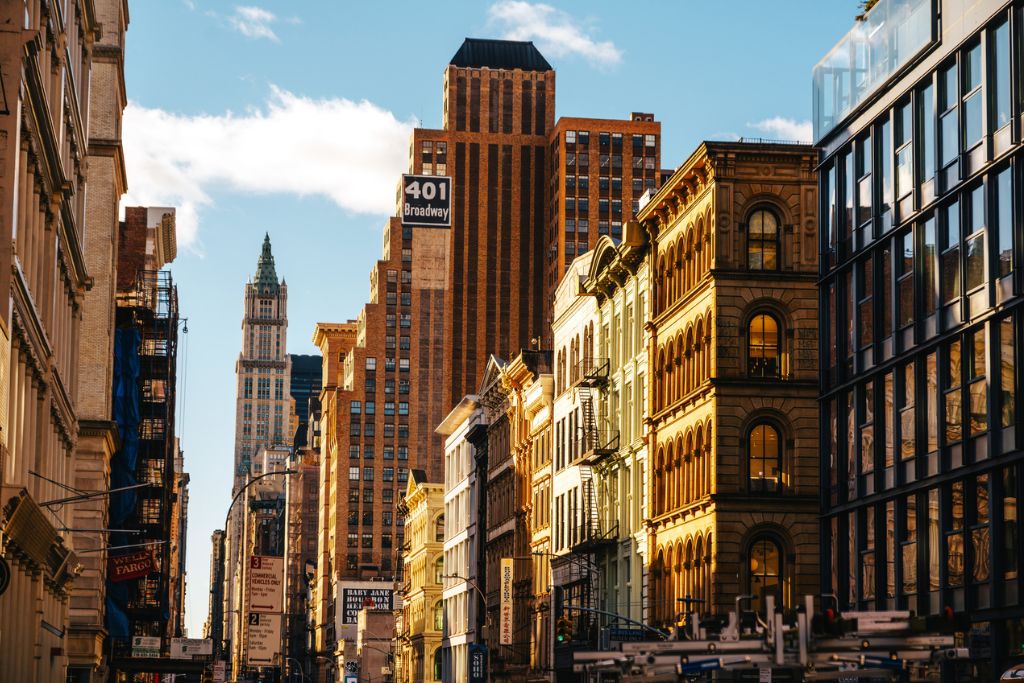
Though not a traditional festival, New York Fashion Week has exploded from an exclusive industry and media event held to showcase the upcoming season’s look and trends on the runway from the best established and emerging designers to a week filled with fashion shows, cultural happenings, retail events, concerts and non-stop parties. Happening twice a year in February and September for the fall/winter and spring/summer seasons and followed by fashion weeks in London, Milan, and Paris, the fashion action is on and off the runways with private atelier and live installation showings, many of which are created in collaboration with big-name models, DJ’s artists, and musicians.
Featured image courtesy of Maririalves, iStock.

